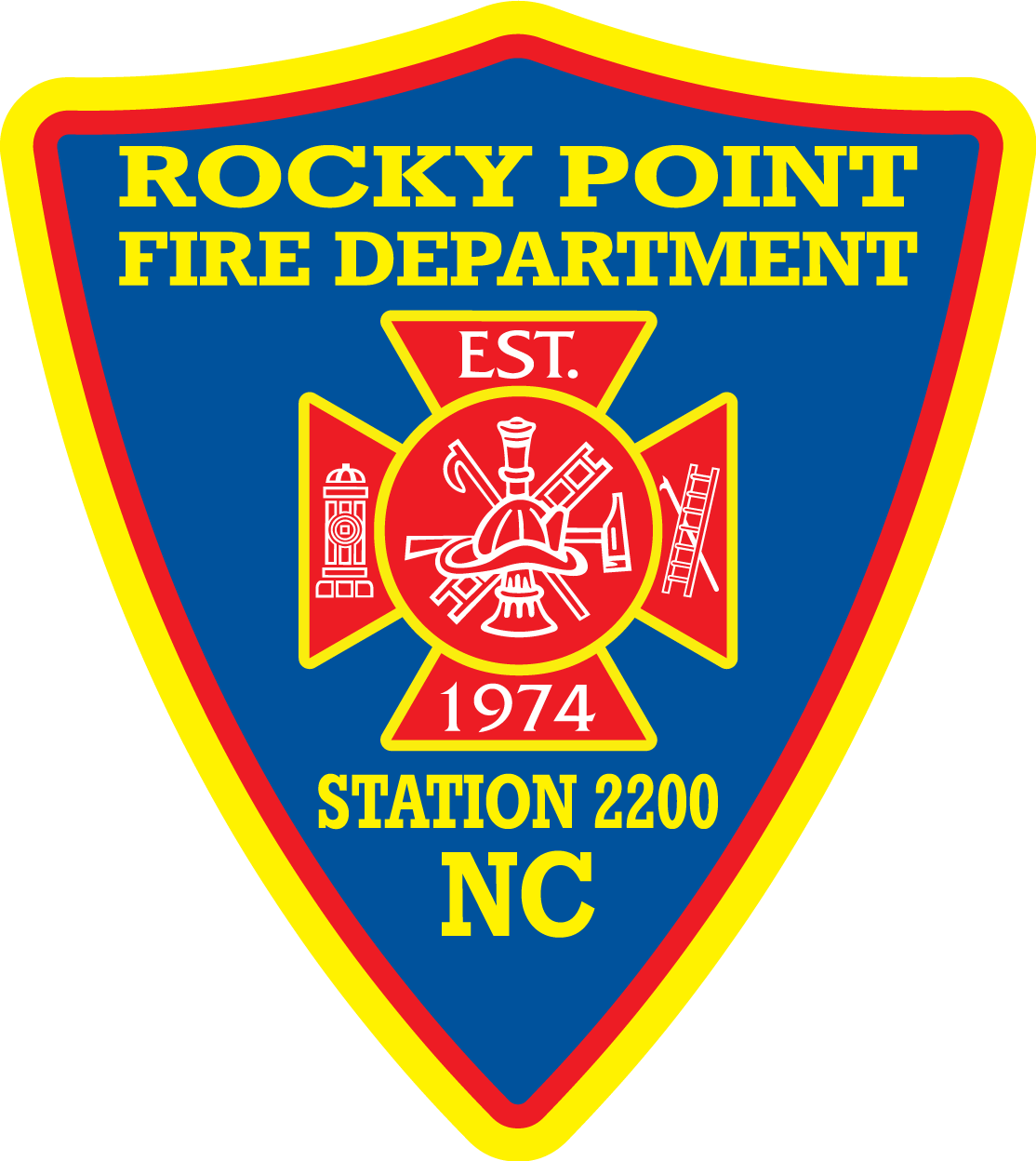
Home Safety Checklist
Smoke Alarms |
The majority of home fire deaths happen at night, most often from smoke and poisonous gases, not the fire itself. Install smoke alarms on every level of your house and outside all sleeping areas. Be sure to test batteries at least once a month and never remove the batteries from your smoke alarm except to replace them. |
|---|---|
Carbon Monoxide Alarms |
Carbon monoxide gas is poisonous, but you can't see, smell, or taste it, Check all fuel-burning appliances to be sure they work properly: furnace, water heater, stove, oven, fireplace, wood stove, and space heaters. Put a Carbon monoxide alarm near where people sleep. Be sure your alarm has the Underwriters laboratories (UL 2034) label. |
Fire Extinguishers |
A multipurpose dry chemical Class ABC fire extinguisher is the best choice for general home use. Mount the extinguisher on a bracket on the wall near an exit so that anyone using it can escape from the room if a fire spreads. Periodically check the gauge to make sure it has pressure. All adult occupants of the home must know when and how to use the fire extinguisher properly. Remember the acronym P.A.S.S. PULL- the pin that unlocks the operating pin. AIM- the nozzle or hose at the base of the fire. SQUEEZE- the lever above the handle to discharge the extinguishing agent. SWEEP- the nozzle or hose from side to side. keep the extinguisher aimed at the base of the fire and sweep back and forth until the flames appear to be out. |
Medicines and Household Cleaners |
Make sure all medications, caustic cleaning products (example: drain cleaner toilet and oven cleaner, rust remover, etc.) automotive fluids (example: windshield washing solution and antifreeze), pesticides, fertilizer and other household chemicals are in their original containers and in a locked cabinet. Buy medicines and household products in child-resistant packaging. Close caps tightly after using medicines and household products. Lock medicines and household products up high so children can't see or reach them. |
| Poison Centers | Every poison Control Center in the country can be reached by calling the American Association of Poison Control Centers nationwide hotline, 1-800-222-1222. Post this number by every phone in your house. Experts will answer your call 24 hours a day, seven days a week. |
|---|---|
Kitchen and Cooking Safety |
Never leave cooking food on the stovetop unattended and keep a close eye on food cooking inside the oven. Always have a lid nearby to slide over a pan in case of fire. Have an adult stay in the kitchen when children are cooking. Keep your stovetop clean: no grease, no spills, no clutter. When you cook, turn all pot and pan handles in toward the back of the stove. |
Candle Safety |
Never leave a burning candle unattended. Extinguish all candles when you leave the room or go to bed. Try not to burn candles in the bedroom but if you do, keep them away from bedding, curtains, clothing, or anything that can burn. Use candle holders that are sturdy and are made from a material that can't burn. Be sure the candle holder is large enough to collect dripping wax. Never leave a child or a pet unattended in a room with a burning candle. Always keep candles at least one foot from anything that can burn. |